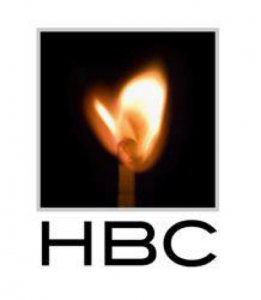| Past Month’s Weather
Two weeks ago the blossom was out and spring flowers were in bloom; and it looked as if spring started a little earlier than usual. In August last year we had 533 mm of rain when a large high pressure system interacted with a complex East Coast low off Fraser Island. This was the highest Maleny rainfall ever recorded in August since 1893. This year looks somewhat different, because unless we get some rain between now and 9.00am tomorrow morning, we will have the lowest August rainfall since 1991 with a precipitation of only 3.2 mm. Incidentally, August 1991 was Maleny’s fourth completely ‘dry’ month in 115 years. This year’s rainfall to-date is 1,714 mm, and this is 365 mm above average. Mean temperature for the month is 12.4 degrees, representing 2 degrees below the norm. From the Archives Inigo Jones (1872-1954) Of all the non-official weather forecasters who have practised in Australia, particularly in the field of long-range forecasting, from the 1930’s right through to the 1950’s. there has been none so widely known, and with such great a following of supporters, as Inigo Jones Jones’s parents migrated from Croydon, England to Australia in 1874 when Inigo was two years old, and settled some 40 miles north of Brisbane. Jones was educated at Brisbane Grammar School. Clement Wragge, the Queensland Government Meteorologist was so impressed by the boy’s interests and ability, and it was while he was still at school, that he subsequently recruited him as an observer at the Brisbane Weather Office. He also taught him what he knew about a successful long range forecasting system based on a combination of sunspot periods and a 35year weather cycle discovered in Europe by a meteorologist named Bruckner. Jones pursued this line of thinking as he was quite convinced that the future of primary industries in Australia was dependant on the nation’s ability to deal with seasonal weather patterns. As a result, in 1935 he set up his own observatory on the family’s 125 acre property at Crohamhurst, near Peachester. There was a great demand for his forecasts. Farming organisations throughout Australia came to rely heavily on his predictions. Even brides-to-be were known to ring Indigo personally; and not many large outdoor functions were organised without reference to his forecasts. He received much encouragement in his work as well as receiving aid to finance his observatory so that his work might continue. Nevertheless. Jones failed in persistent attempts to have his forecasting system recognised as being soundly based, by any of the substantial bodies of accredited scientific opinion. A two year study by the Bureau of Meteorology found Inigo’s accuracy rate was only 37 per cent. (I wonder what the Bureau’s success rate was at that time?) Much was made of his successes, even when in recent years, a drought or a wet spell arrived a few months earlier or later than predicted. Driven by his belief in the importance of his work Indigo Jones continued his research and forecasting until the day of his death in 1954. |
| Joke of the Week
Little Johnny came home from school very happy and told his mother I learnt to write today “ That’s fantastic ” his mother said “What did you write? ” ‘Dunno’ replied Johnny I haven’t learned to read yet ’ |

